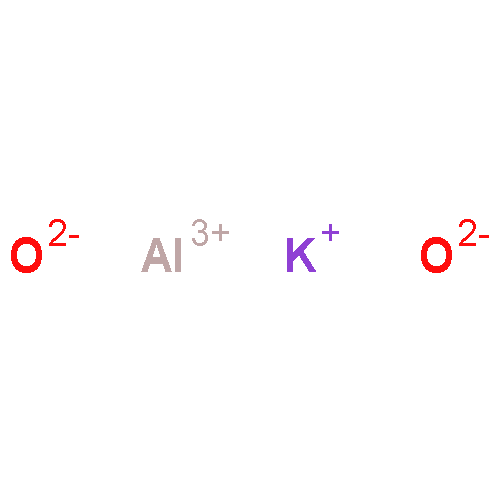•Phototransistors using di-F-bis(Et3-germylethynyl) anthradithiophene were characterized.•An ion-incorporated alumina dielectric enabled operation at 2 V or less.•Response with the alumina was larger than for previous low-voltage organic phototransistors.•The phototransistors were stable at relative humidities up to at least 70%.•Multistate function resulted from light and dark operation, and connected and floating gates.Low-voltage organic phototransistors (OPTs) are attractive candidates for optoelectronic applications such as photodetectors and memory devices. Here we describe a solution-processed low-voltage organic phototransistor based on a triethylgermylethynyl-substituted anthradithiophene (diF-TEG ADT). Two kinds of dielectric materials were used: 80-nm-thick potassium alumina (PA) and 300-nm-thick thermally grown SiO2. To investigate its application in a moist environment, the performance at different humidities was characterized. Results showed that the device was very stable in high humidity. A major change in drain current (IDS) was observed when connecting or disconnecting the gate electrode to the device. This feature may motivate the application of diF-TEG ADT-based phototransistors as multistage photo-controlled memory devices.

